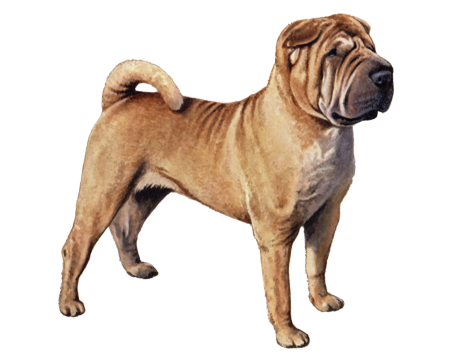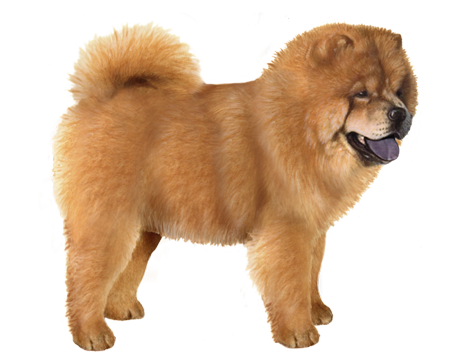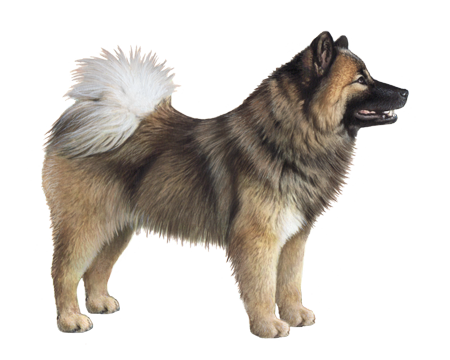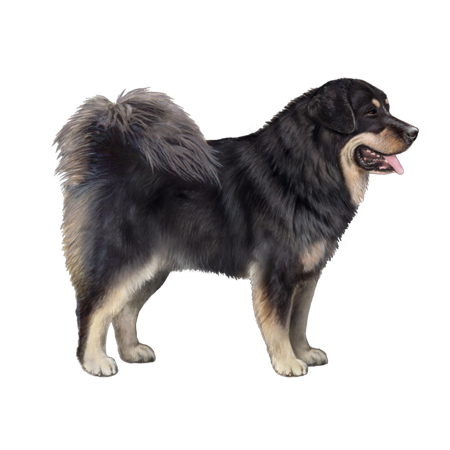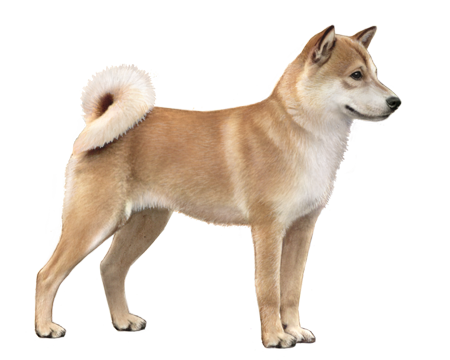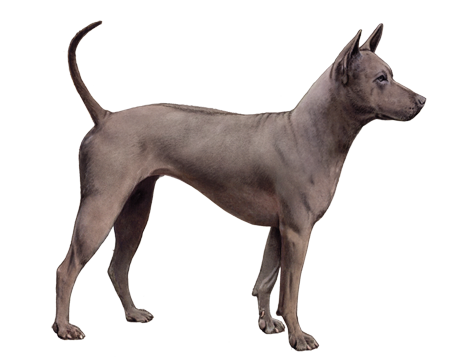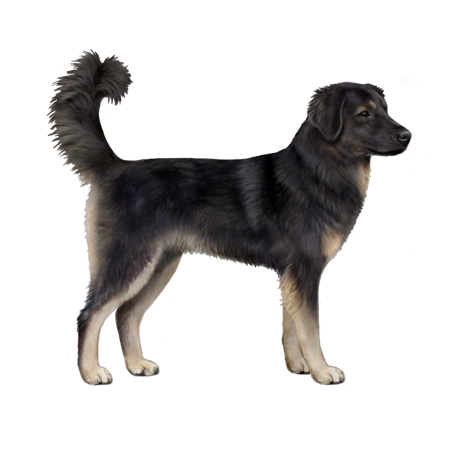
Mongolian Street Dog
Mongolian street dogs are free-roaming pups that typically congregate in cities or towns with plentiful resources. They share many basic traits with pet dogs, but they lead primarily independent lives outdoors.
Interested in discovering if your dog is a Mongolian Street Dog?
Check out Wisdom Panel's DNA tests.

Mongolian Street Dog Traits
General Appearance
Though Mongolian street dogs can come in all shapes and sizes, street dogs tend to be medium-sized.
Coat and Coloring
Street dogs typically have short, brownish coats. But any combination of coat colors, patterns, and lengths is genetically possible.
Distinctive Physical Traits
Mongolian street dogs do not follow a breed standard. So, no shared set of traits links them together. That said, common characteristics of street dogs include prick ears and pointed noses.
Mongolian Street Dog Temperament
Street dogs must learn to fend for themselves. As a result, they tend to be scrappy, intelligent, and adaptable—all skills that support independent survival. Because they've never had to rely on humans, they may be fearful or skeptical of people who have not earned their trust.


Mongolian Street Dog History
At some point in history, a number of gray wolves became domesticated, and experts believe the Mongolian street dog is a direct descendant of those earliest "dogs." Unlike purebred dogs that people have developed to strengthen certain traits, Mongolian street dogs don't belong to a particular breed.
Most dogs in Mongolia today fall into two categories: working dogs and feral dogs. People use working dogs for herding and guarding but don't generally consider them companions. Feral dogs, on the other hand, wander the streets and are often considered a nuisance. Because there are no animal shelters and few spay and neuter programs in Mongolia, many of these free-roaming dogs exist.
Mongolian Street Dog Care
Nutrition
A Mongolian street dog's diet typically consists of whatever they can kill or find—small farm animals, scraps from trash cans, handouts from kind strangers, and so on. If you're leaving food out for a street dog, they'll benefit from commercial diets formulated for pet dogs.
Because they fend for themselves, street dogs aren't usually at risk of becoming overweight. However, if you take a street dog under your roof, keep an eye on their food intake to avoid overfeeding. Guidelines on dog food packages are a good starting point when determining daily portions.
Grooming
If you've adopted a street dog that's comfortable being handled, regular brushing and nail trims will help them look their best. Good dental hygiene is also important for any dog. Professional cleanings and at-home dental care will keep their mouths healthy and reduce the risk of related health issues.
Exercise
All dogs need exercise to stay physically and mentally fit, and street dogs are no exception. Mongolian street dogs that are on their own will get adequate exercise during their daily roaming. Pet dogs, however, need access to the outdoors to stretch their legs and get mental stimulation. Playing in a fenced yard and going for leashed walks are great ways for your dog to release energy.
Training
Street dogs are not accustomed to obeying commands from people. In fact, many may avoid close contact with humans. Before attempting a training program, start by building trust and respect with your dog. Slow and steady is the best approach to making inroads with a street dog.

Breed Group
Asian and Oceanian
The Asian and Oceanian group is comprised of breeds whose origins lie in Asia, which have spread as far as Australia, the islands of the Pacific, and the Arctic. This group is possibly the most ancient of all breed groups and were bred for a variety of purposes, including guarding, hunting, and as draft dogs.
Resources
https://news.cornell.edu/stories/2015/10/central-asian-village-dogs-closest-original-dogs
https://www.tierschutzxl.at/e/lei/mongolei.html
https://www.rover.com/blog/village-dogs-around-the-world/
https://www.companionanimalpsychology.com/2015/03/can-street-dogs-become-good-pets.html
Reviewed June 16, 2021 by Laura Inman, DVM





